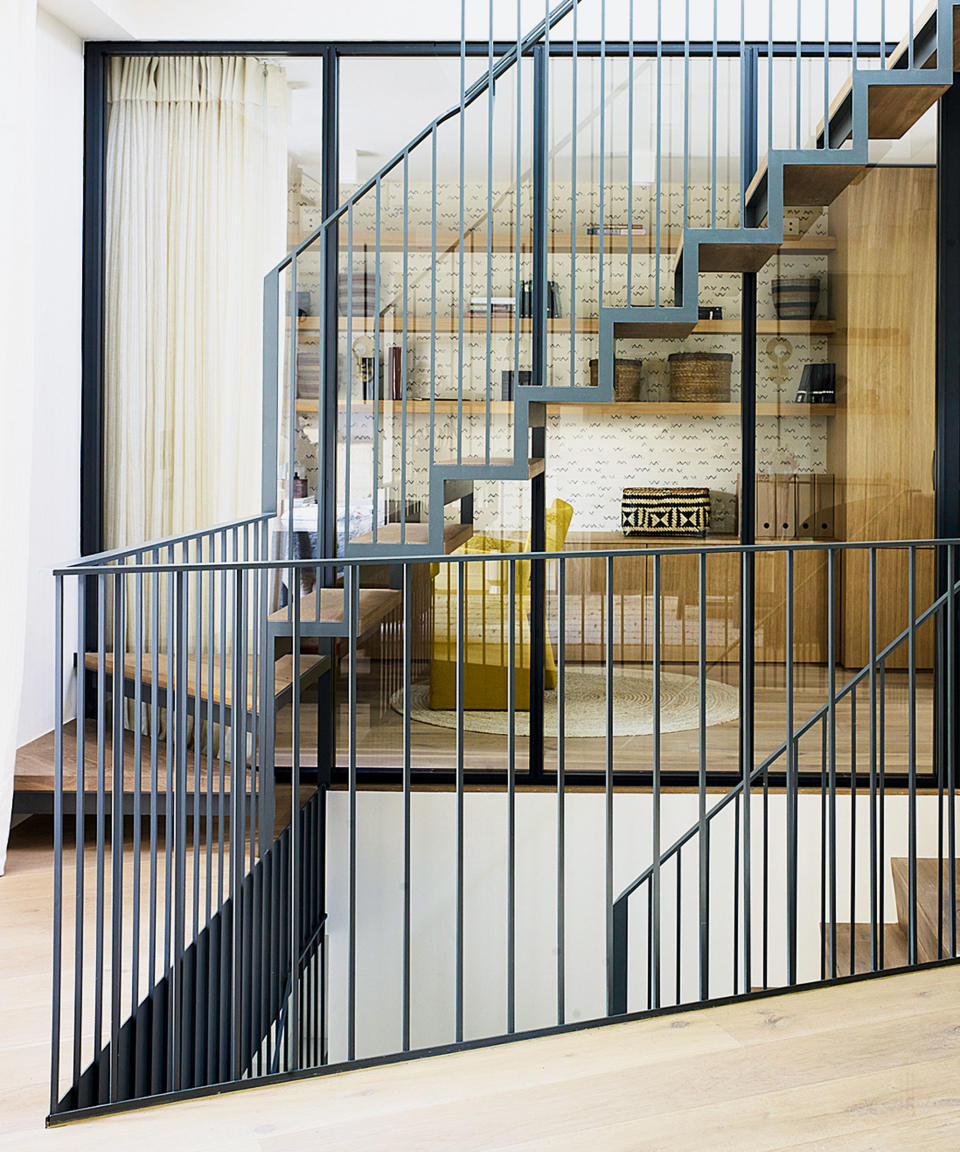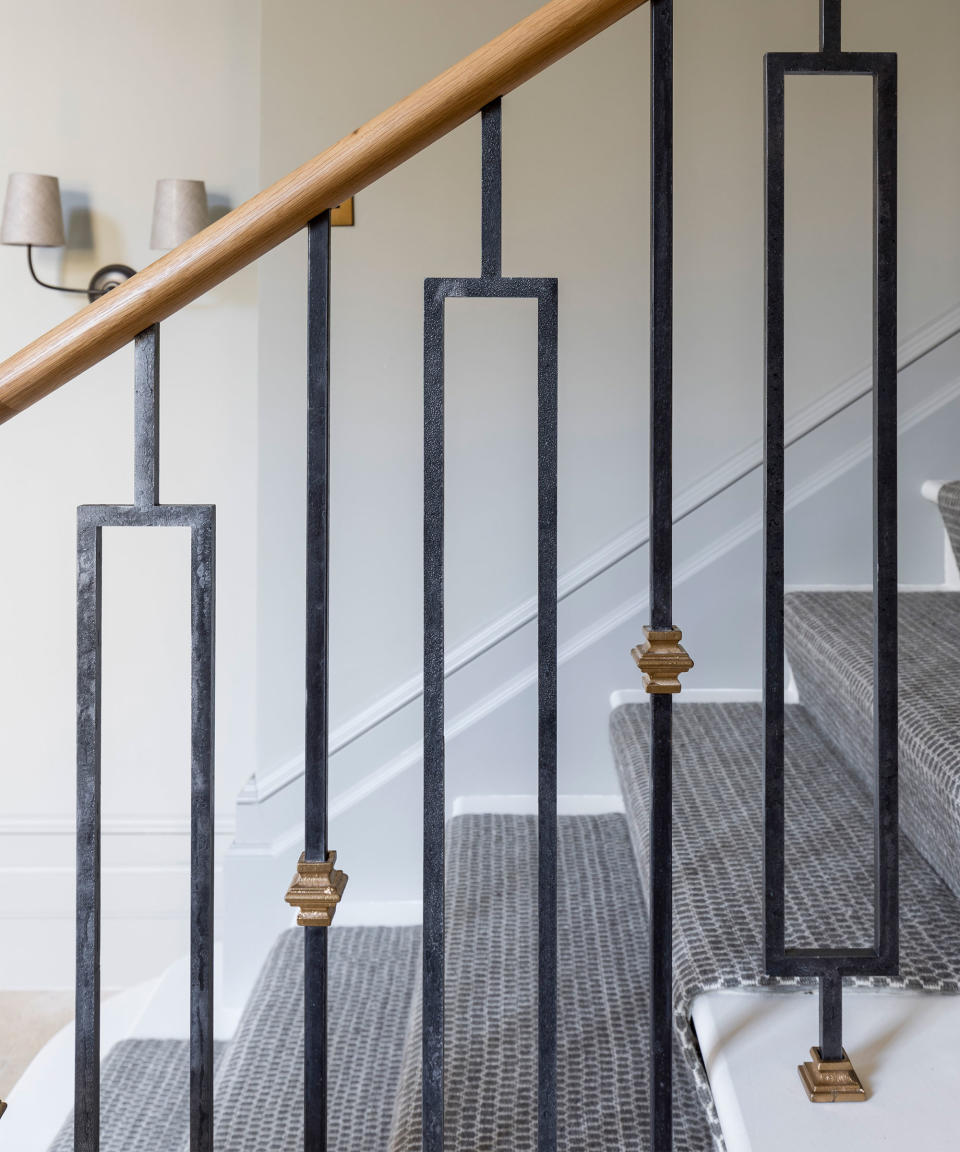Staircase trends – step up your style with the very latest in staircase design









Staircase trends – step up your style with the very latest in staircase design
Our collection of the top staircase trends explores how this often overlooked element in interior design can create a magnificent architectural feature in your space, and make for a truly eye-catching focal point.
Not simply something to help you get from A to B, due to the size and, usually, the positioning, a staircase should be seen as a whole room all of its own. Staircases come in all manner of different shapes, sizes, materials and styles. Many traditional designs in period properties are often crafted from stone or wood, featuring intricate and ornate detailing, with more contemporary stair designs focusing on an adventurous use of material, shape and color.
Gareth Betts, staircase designer at Neville Johnson says, 'a bespoke staircase renovation has the power to transform your home with outstanding results.'
So, for some beautiful inspiration for your next project, spend some time exploring our collection of staircase trends – you might just come away with a brand new favorite look or style.
BY THEA BABINGTON-STITT. CONTRIBUTIONS FROM ZARA STACEY
Staircase trends teach us that this functional feature should always be creatively celebrated
